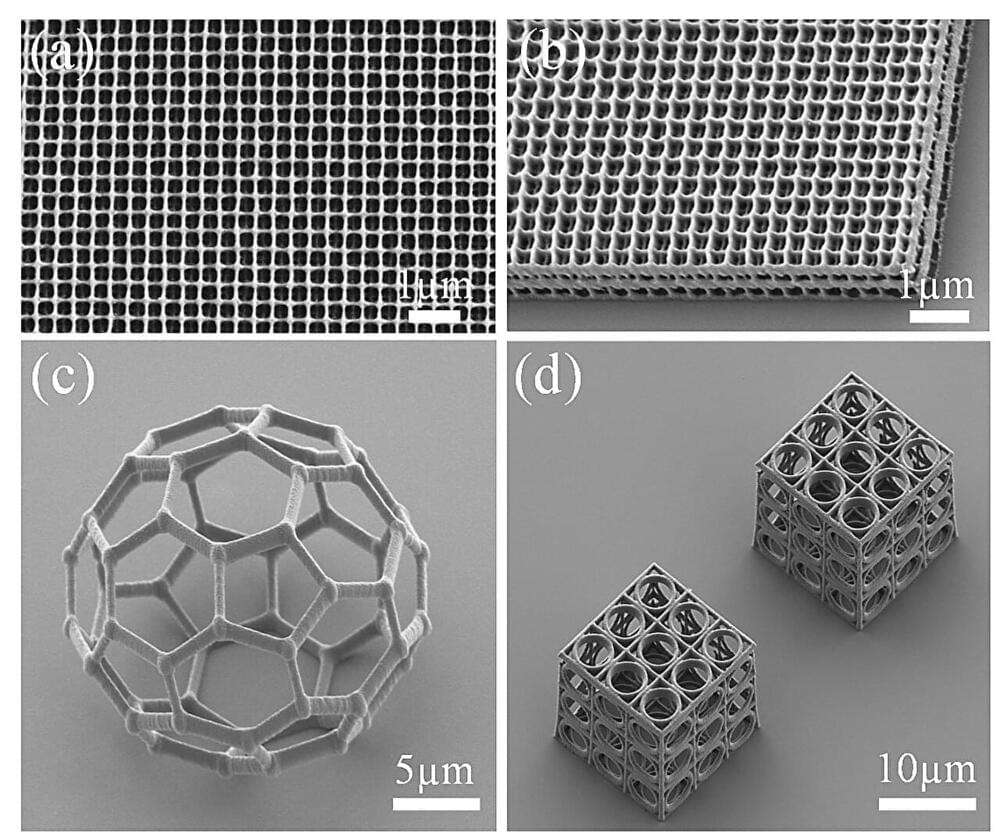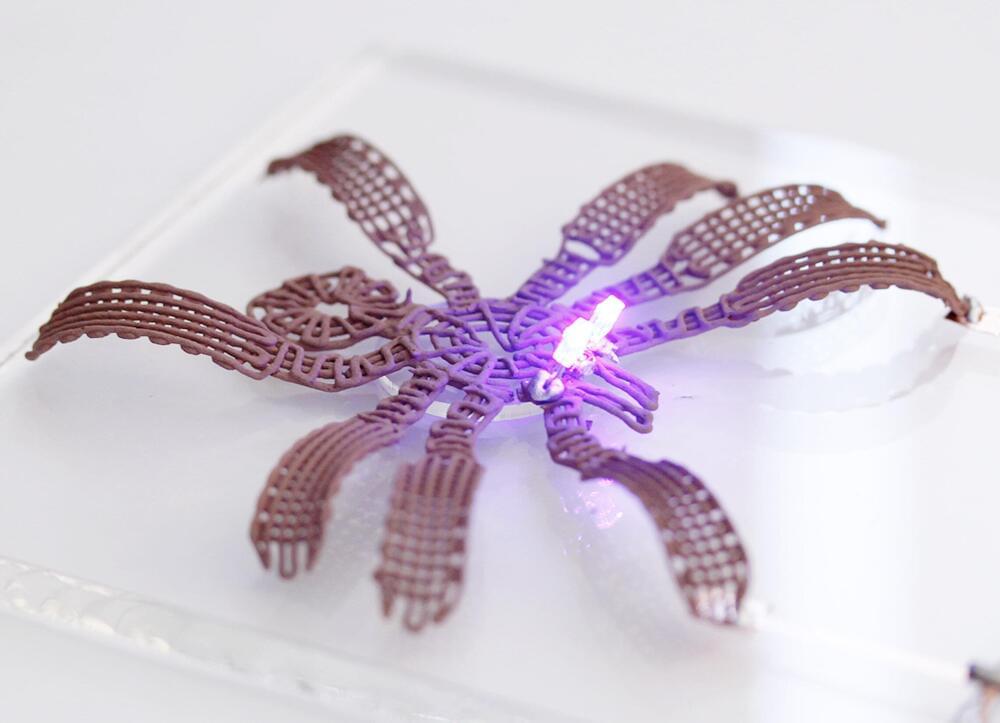A team of bioengineers and biomedical scientists from the University of Sydney and the Children’s Medical Research Institute (CMRI) at Westmead have used 3D photolithographic printing to create a complex environment for assembling tissue that mimics the architecture of an organ.
The teams were led by Professor Hala Zreiqat and Dr. Peter Newman at the University of Sydney’s School of Biomedical Engineering and developmental biologist Professor Patrick Tam who leads the CMRI’s Embryology Research Unit. Their paper was published in Advanced Science.
Using bioengineering and cell culture methods, the technique was used to instruct stem cells derived from blood cells or skin cells to become specialized cells that can assemble into an organ-like structure.



